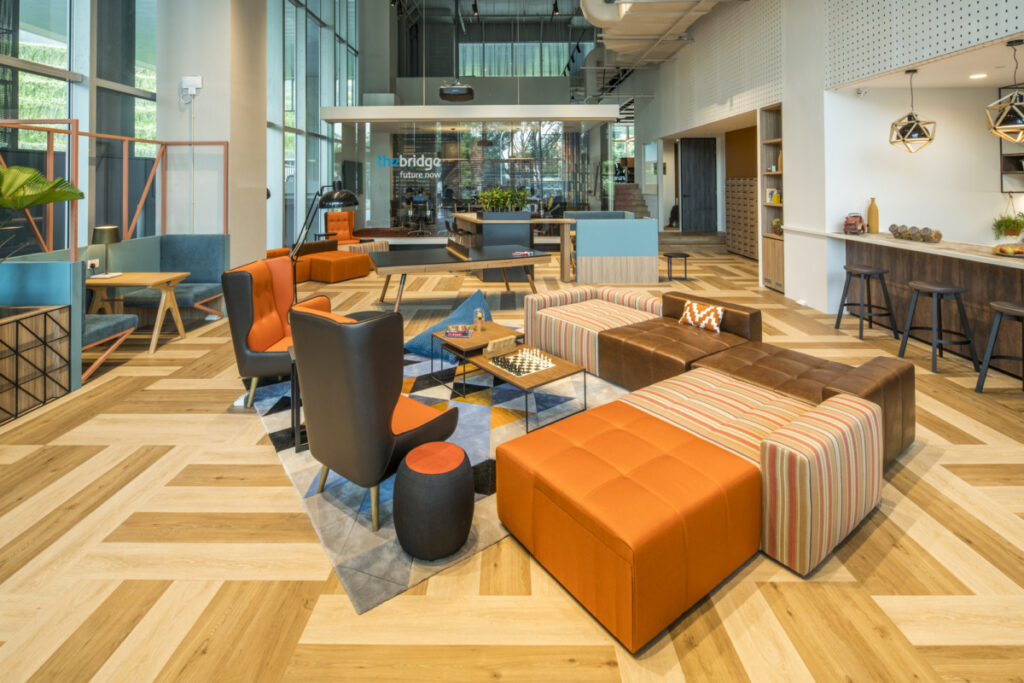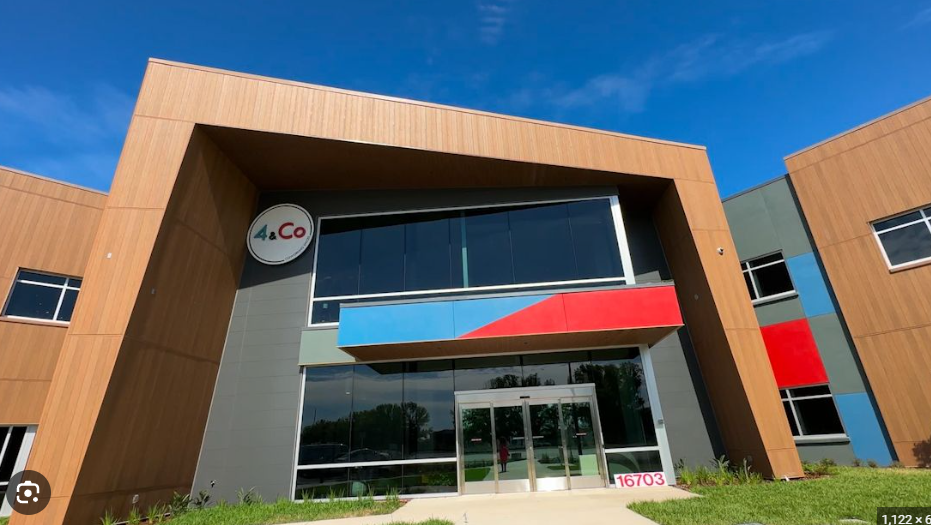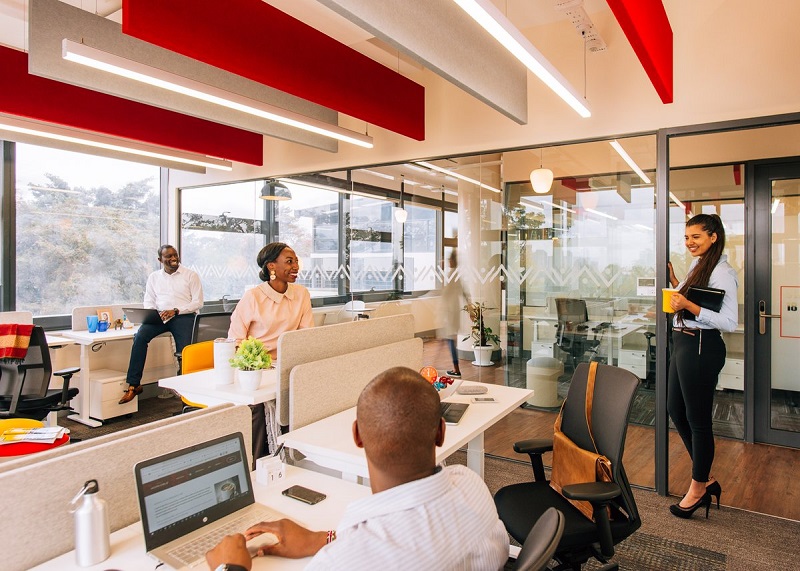Coworking spaces are not just temporary fixes for vacant properties but strategic investments that can redefine the value proposition of real estate assets. From direct contact with the final users and invaluable data gathering to the revitalization of underused properties and the introduction of flexible leasing contracts, coworking spaces are setting new standards in the real estate industry. By focusing on people’s needs through thoughtful space design and offering services and amenities that attract and retain tenants, coworking spaces are crafting the future of workspaces that resonate with the modern-day workforce.
Enhancing Portfolio Value through Coworking Spaces
Coworking spaces have rapidly evolved from simple shared office environments into sophisticated ecosystems that foster innovation, community, and collaboration. For property owners, real estate companies, and investors, integrating coworking spaces into their portfolios represents a strategic opportunity to enhance asset value and generate better returns on investment (ROI). This section explores how coworking spaces contribute to enhancing portfolio value and the mechanisms through which they deliver superior ROI.
- Diversification of Revenue Streams: Coworking spaces offer property owners a diversified revenue stream, mitigating the risk of income loss and providing a stable cash flow.
- Increased Property Demand and Value: Properties with coworking spaces become more attractive, driving up occupancy rates and increasing the property’s market value.
- Premium Pricing Potential: Coworking spaces can command premium prices, elevating the perceived value of the entire property.
- Leveraging Underutilized Spaces: Transforming underused areas into coworking spaces turns potential liabilities into profitable assets.
- Enhanced Asset Liquidity: Properties housing coworking spaces are more attractive to potential buyers, ensuring high returns on investments.
- Strengthening Tenant Relationships: Direct relationships with tenants provide valuable insights, enabling owners to tailor services effectively.

Increasing Asset Value with Coworking
Coworking spaces have emerged as a powerful catalyst in enhancing the asset value of properties, transforming traditional real estate paradigms by introducing flexibility, innovation, and community engagement into the workspace. This section delves into how coworking spaces contribute to increasing the asset value of properties, focusing on key areas such as property differentiation, operational efficiency, and community building.
- Property Differentiation and Enhanced Marketability: Coworking spaces set properties apart in a competitive market, attracting a diverse tenant base.
- Operational Efficiency and Revenue Generation: Maximizing the utilization of the property and generating additional revenue streams directly impact the bottom line.
- Community Building and Tenant Retention: The sense of community fosters tenant satisfaction and loyalty, reducing turnover costs.
- Sustainability and Future-Proofing: Incorporating green technologies and practices ensures the long-term viability of the property.
- Leveraging Data for Strategic Decisions: Data gathered from coworking spaces can inform property improvements and service offerings.

Direct Contact with Final Users and Data Gathering
One of the pivotal advantages of incorporating coworking spaces into a property portfolio is the direct line of communication established with the end users of the space – the tenants themselves. This direct contact is not merely about operational logistics or troubleshooting; it’s a strategic tool that allows property owners, real estate companies, and investors to gain deep insights into tenant needs, preferences, and behaviors.
- Direct Engagement for Enhanced Tenant Experience: Immediate feedback from members allows for iterative improvements to the space.
- Data-Driven Insights for Strategic Decision Making: Collecting data on usage times, workspace configurations, and popular amenities informs operational and strategic investments.
- Real-Time Market Research: Continuous data flow serves as a real-time market research tool, guiding the management of the current space and the development of future projects.

Boosting Productivity on Underused Property
Boosting productivity on underused properties represents a significant opportunity for property owners, real estate companies, and investors, particularly in today’s fast-paced and ever-evolving workspace environment. Coworking spaces have emerged as a strategic solution to this challenge, transforming underutilized or vacant areas into dynamic, vibrant communities that not only generate revenue but also increase the overall value of the property.
- Transforming Spaces into Productive Hubs: Repurposing underused properties into coworking spaces turns dormant assets into bustling hubs of activity.
- Maximizing Space Utilization: Designing spaces to accommodate more members per square foot results in higher revenue generation.
- Driving Foot Traffic and Synergy: Increased foot traffic makes the location more attractive to other businesses, creating a vibrant ecosystem.
- Enhancing Property Appeal Through Services and Amenities: Providing value-added services makes underused properties more appealing to potential tenants.
- Creating a Magnet for Innovation and Talent: Coworking spaces attract a diverse community of professionals, elevating the property’s profile in the business community.

Flexibility in Leasing Contracts
One of the defining features of coworking spaces that appeals to startups, small businesses, and even larger corporations is the inherent flexibility in leasing contracts. Traditional commercial leases often lock tenants into long-term agreements – typically ranging from five to ten years – which can be restrictive and daunting, especially for new and growing businesses. Coworking spaces, on the other hand, offer a different approach that is more attuned to the dynamic needs of today’s businesses.
- Adaptability to Business Growth and Scaling: Flexible leasing allows businesses to adjust their space requirements based on current needs without long-term commitment.
- Cost-Effectiveness: Eliminating the need for significant upfront capital investments and shared resources model reduces overhead for businesses.
- Short-Term Commitments for Testing Markets: Short-term lease agreements provide businesses with the flexibility to test new markets with minimal risk.
- Networking and Collaborative Opportunities: The communal nature of coworking spaces fosters a culture of networking and collaboration, beneficial for business growth.

Designing Spaces Focused on People’s Needs
The design of coworking spaces plays a pivotal role in their success and appeal. It’s not just about creating aesthetically pleasing environments; it’s about constructing spaces that respond to the needs, preferences, and behaviors of their users. Designing spaces focused on people’s needs is essential in attracting and retaining tenants, as it significantly enhances their work experience and satisfaction.
- Human-Centric Design Approach: Understanding the diverse needs of freelancers, startups, and businesses to create comfortable and productive environments.
- Creating Community Through Design: Including communal areas that encourage networking and collaboration.
- Flexibility and Adaptability: Incorporating modular furniture and versatile workspaces allows for the reconfiguration of the space to accommodate different needs.
- Incorporating Technology: Integrating modern technological tools and digital systems enhances the user experience.
- Attention to Aesthetic and Brand Identity: Reflecting a strong brand identity through the choice of colors, materials, and decorative elements creates an inspiring environment.

Services and Amenities to Attract and Retain Tenants
In the competitive landscape of coworking spaces, the provision of top-tier services and amenities plays a crucial role in attracting and retaining tenants. These offerings not only enhance the daily work experience but also underline the value proposition of a coworking environment over traditional office settings. Understanding the types of services and amenities that matter most to members can guide property owners, real estate companies, and investors in creating spaces that stand out in the market.
- Comprehensive Connectivity and Technological Infrastructure: Essential for efficient and uninterrupted work.
- Flexible Workspaces and Meeting Areas: Accommodating different work styles and needs.
- Wellness and Leisure Amenities: Supporting work-life balance and well-being.
- Professional and Personal Development Opportunities: Adding value through workshops, networking events, and mentorship programs.
- Convenient On-site Services: Enhancing day-to-day operations and convenience.
- Safety and Security Measures: Ensuring the safety of members and their belongings.
- Environmental Sustainability: Attracting members who value green technologies and sustainable practices.
In this article, we’ve explored the transformative potential of coworking spaces within the real estate market, emphasizing how they can significantly enhance portfolio value, offer better ROI, and increase the overall asset value for property owners, real estate companies, and investors. The evolution of the workspace, driven by the changing dynamics of the workforce and the economy, has positioned coworking spaces not just as temporary solutions for underused properties but as strategic assets that can redefine the value proposition of real estate investments.
